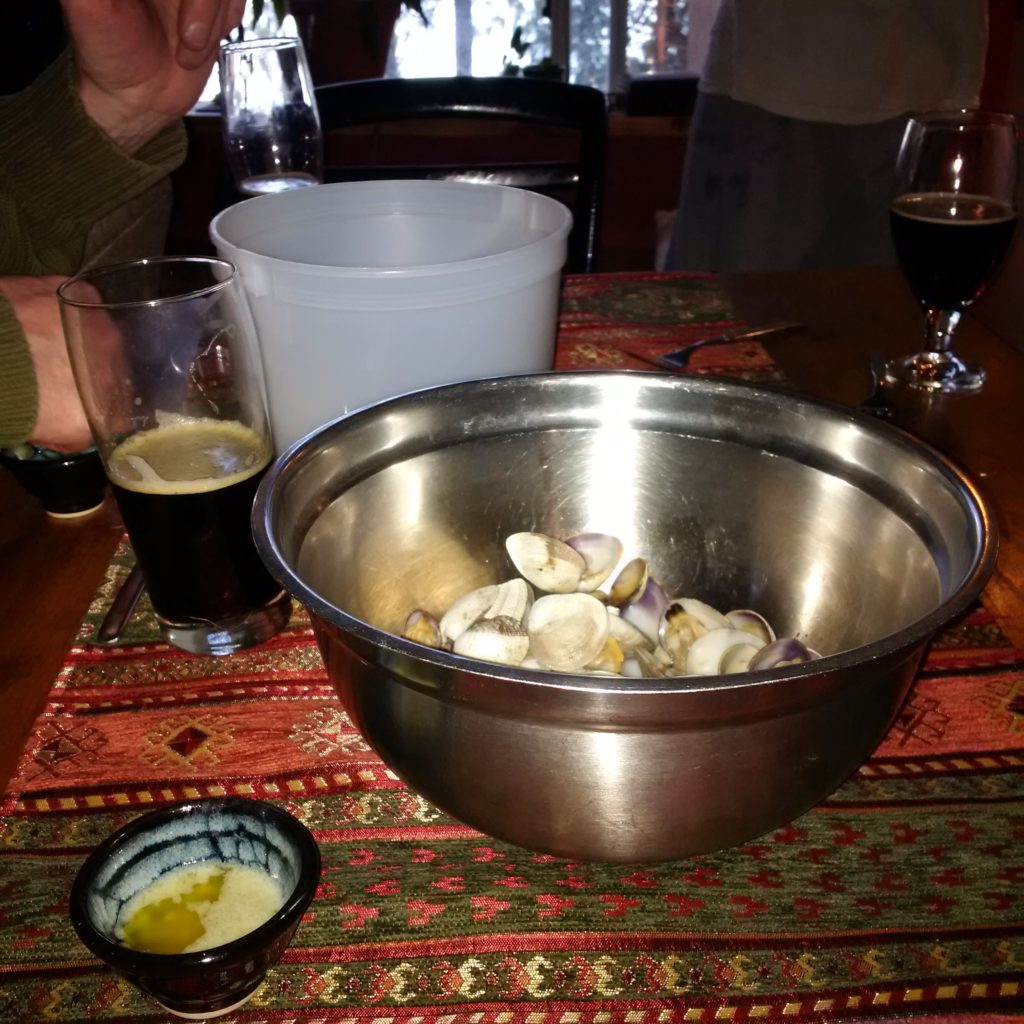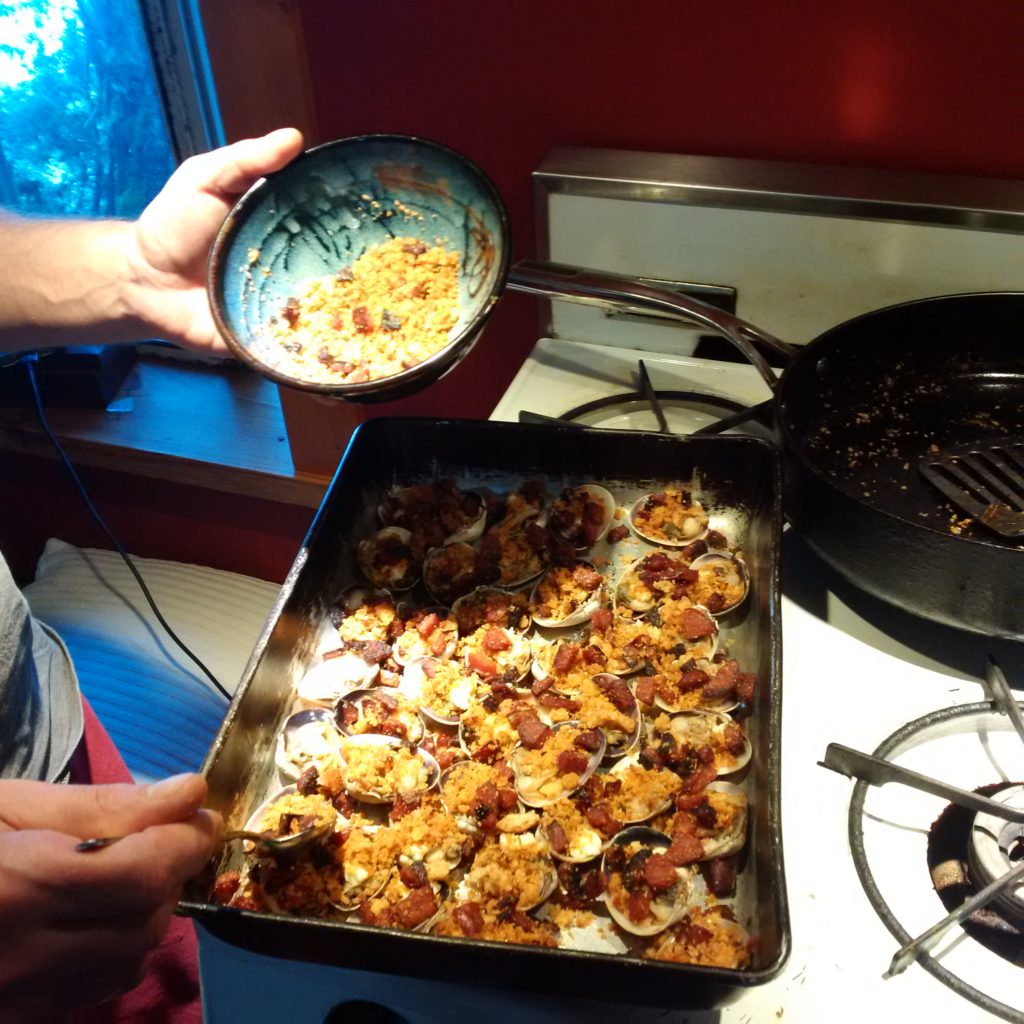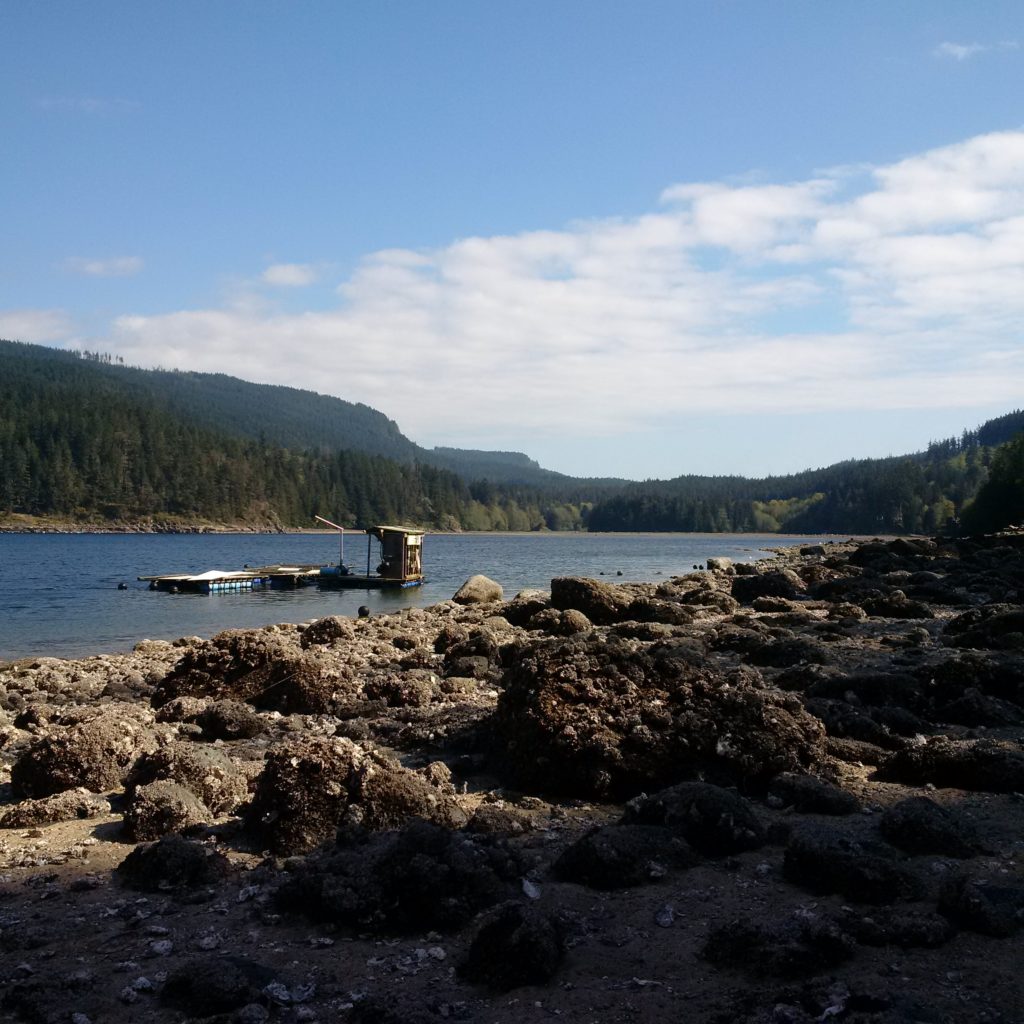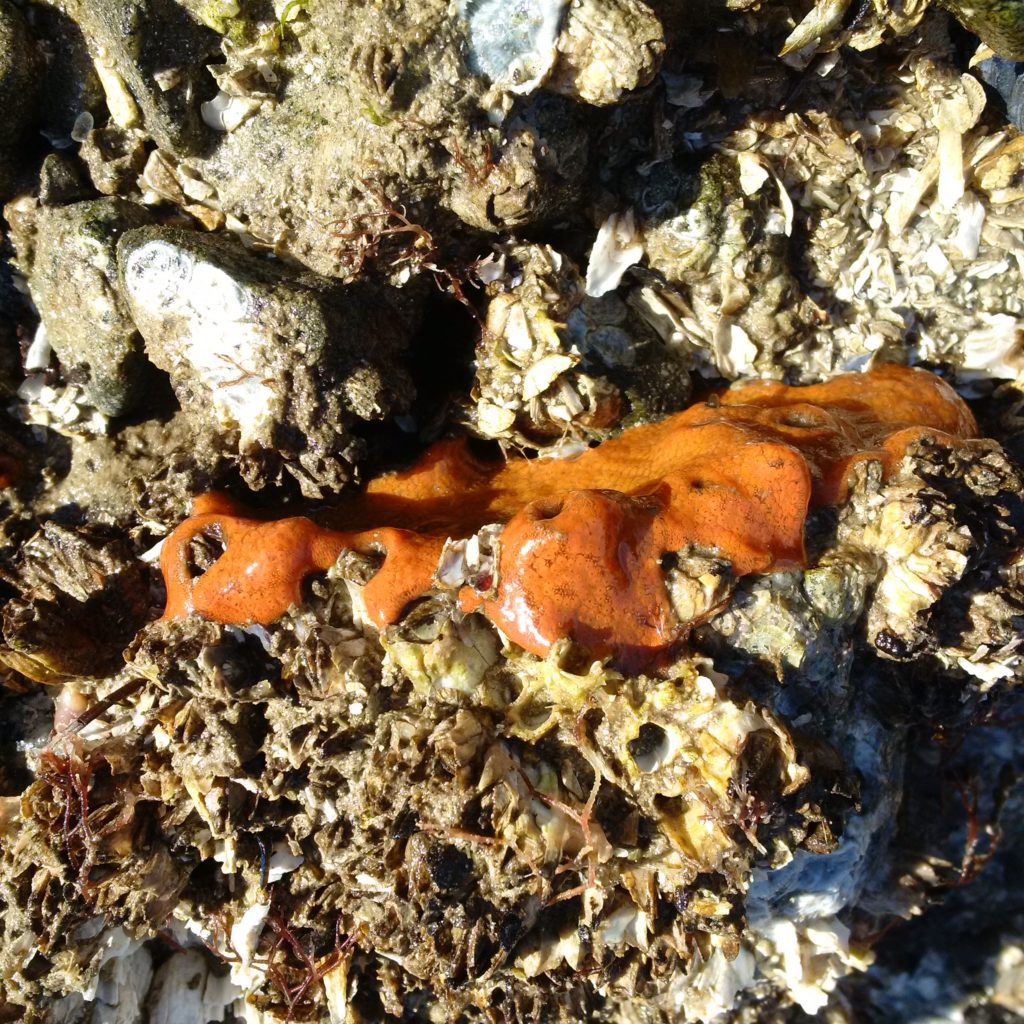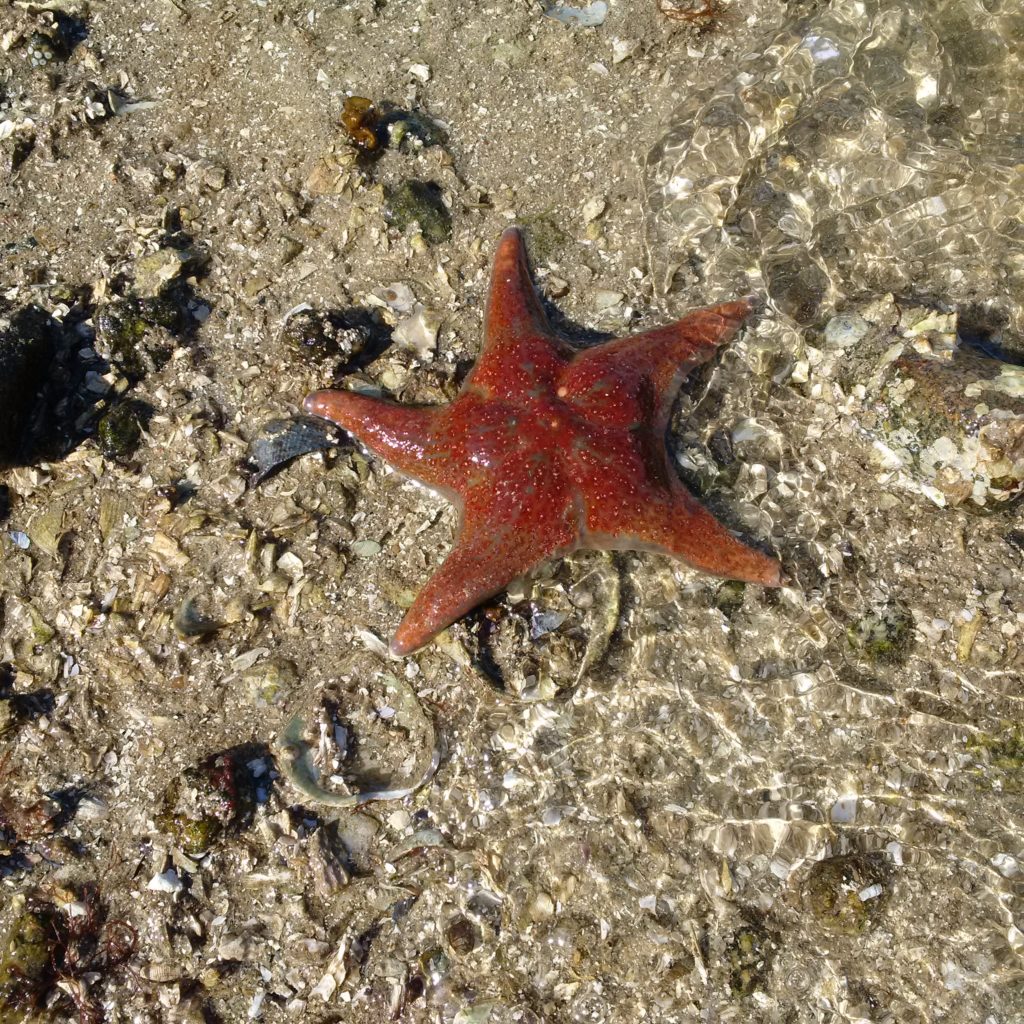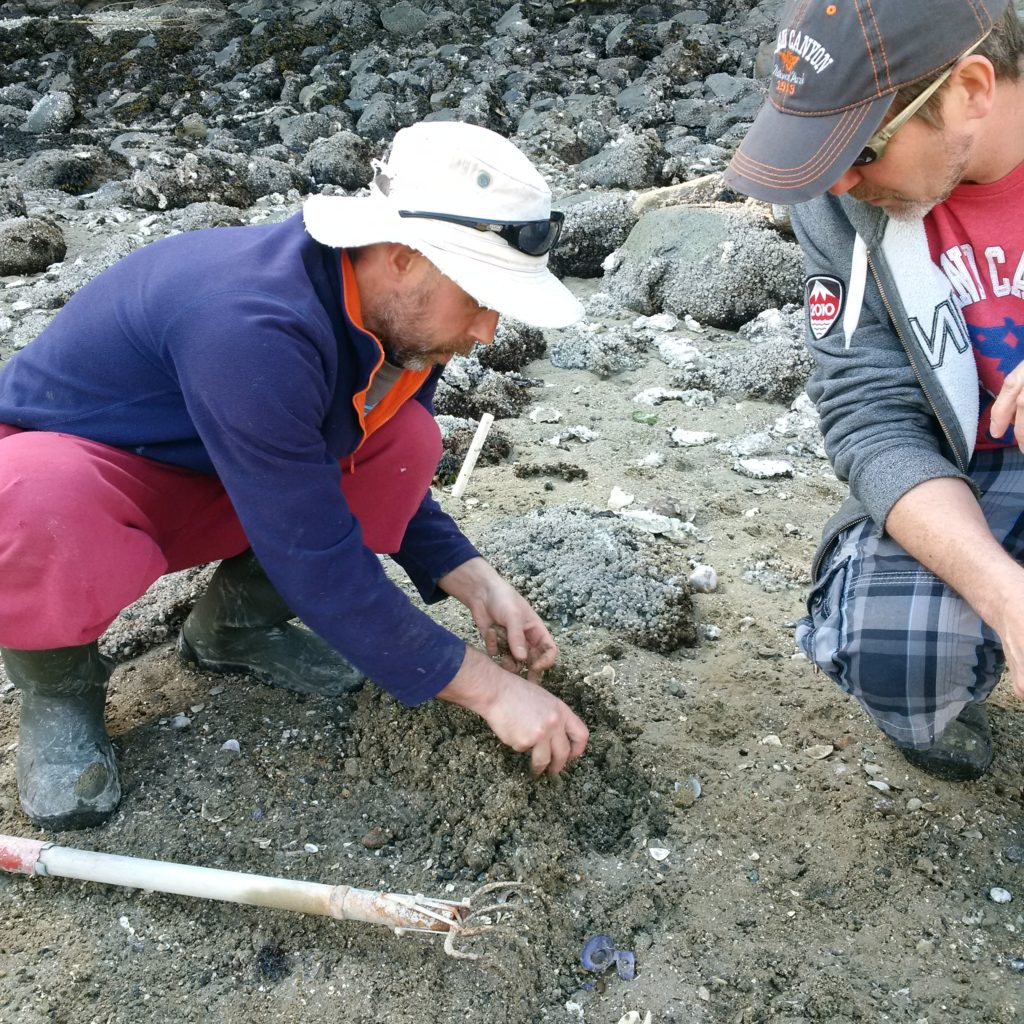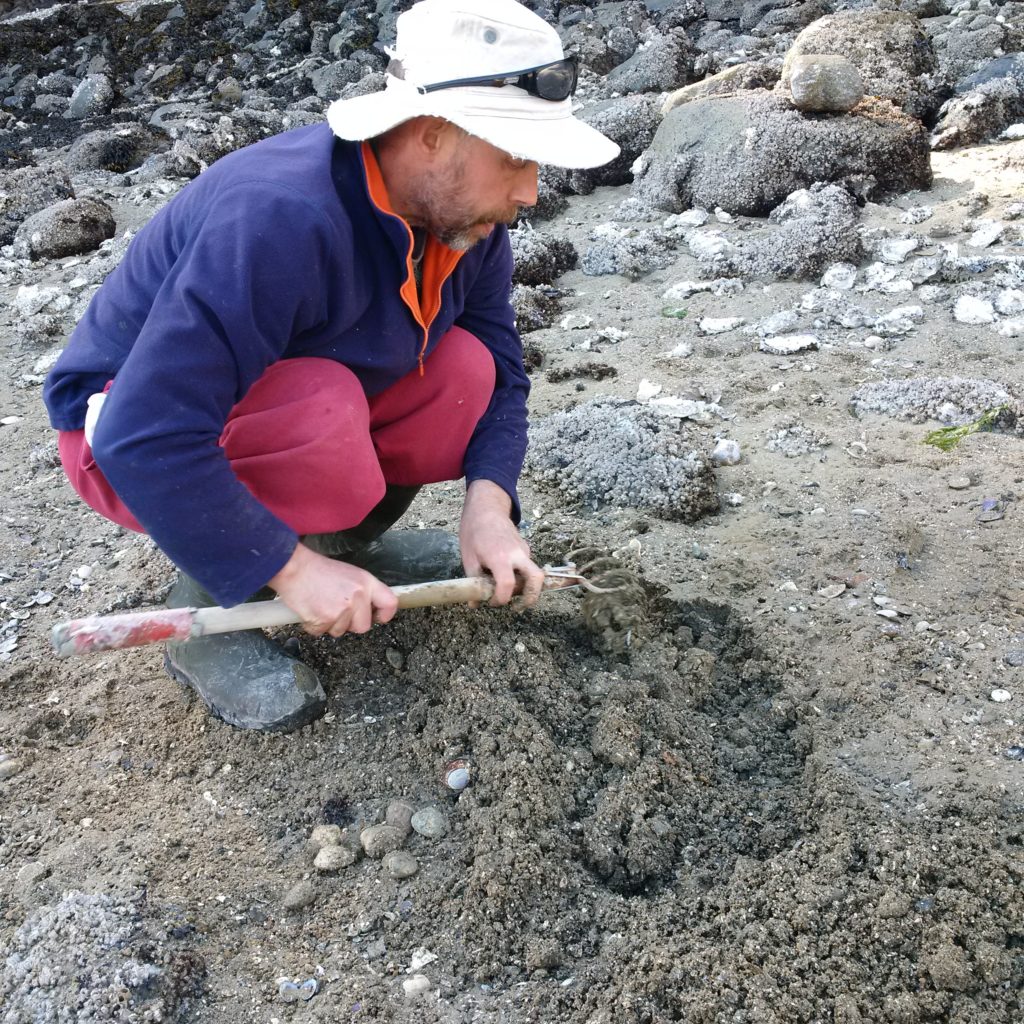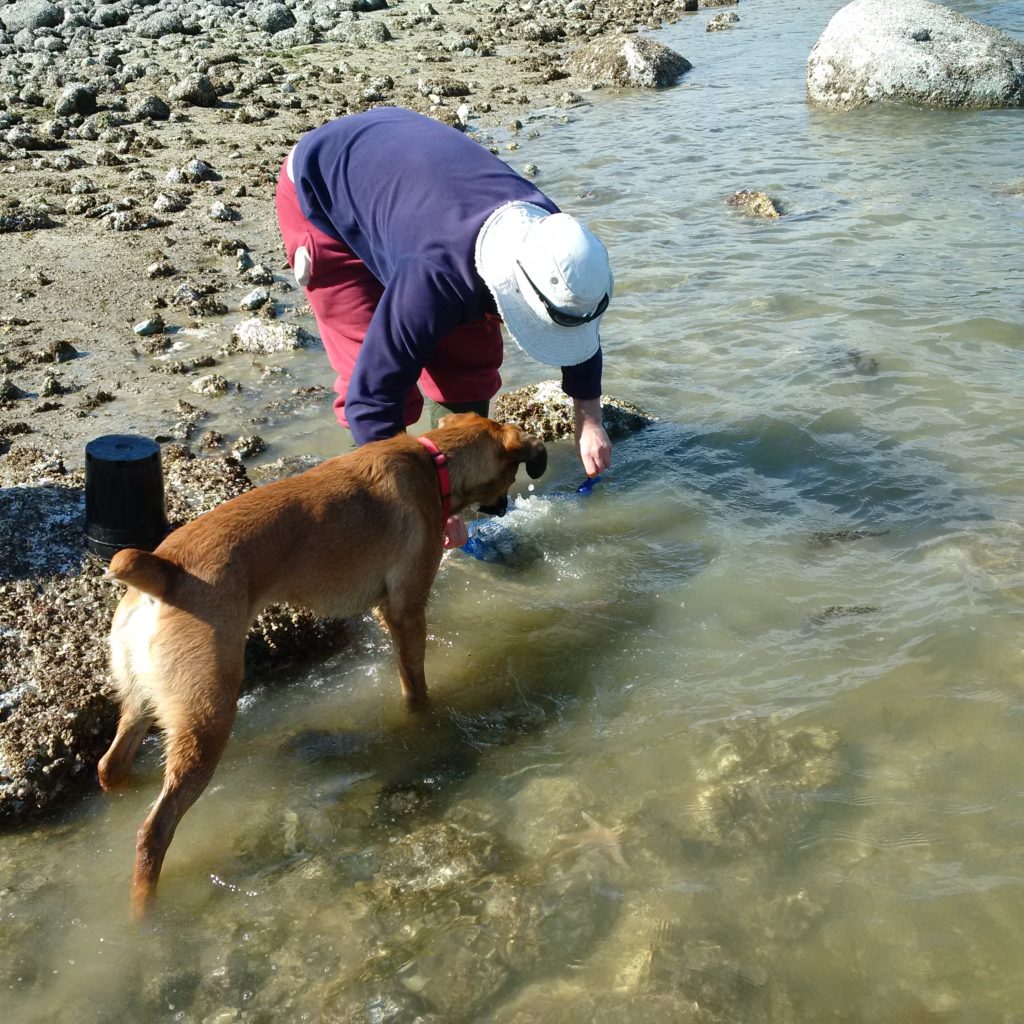Adventures in Powell River: Raking for clams in Okeover
Clams… funny how I didn’t fully appreciate them until I met a couple of oyster farmers. Now, they’re like candy from the sea.
As simple as steamed with melted butter
or how ‘bout this: broiled with chorizo and breadcrumbs?
I like the idea of knowing where my food comes from so I thought that after a lifetime spent on the west coast, it was high time to learn more about digging for clams. Hmmm…who could help me with that? Chris and André of Okeover Organic Oysters to the rescue!
Clam harvesting is not as simple as just going out to the beach and digging some up. You’ve got to wait for the tide and make sure there aren’t any dangerous algal blooms that could lead to paralytic shellfish poisoning (PSP), also known as red tide.
Chris and André routinely check water samples for aquatic micro-organisms to ensure any shellfish harvested are safe to eat.
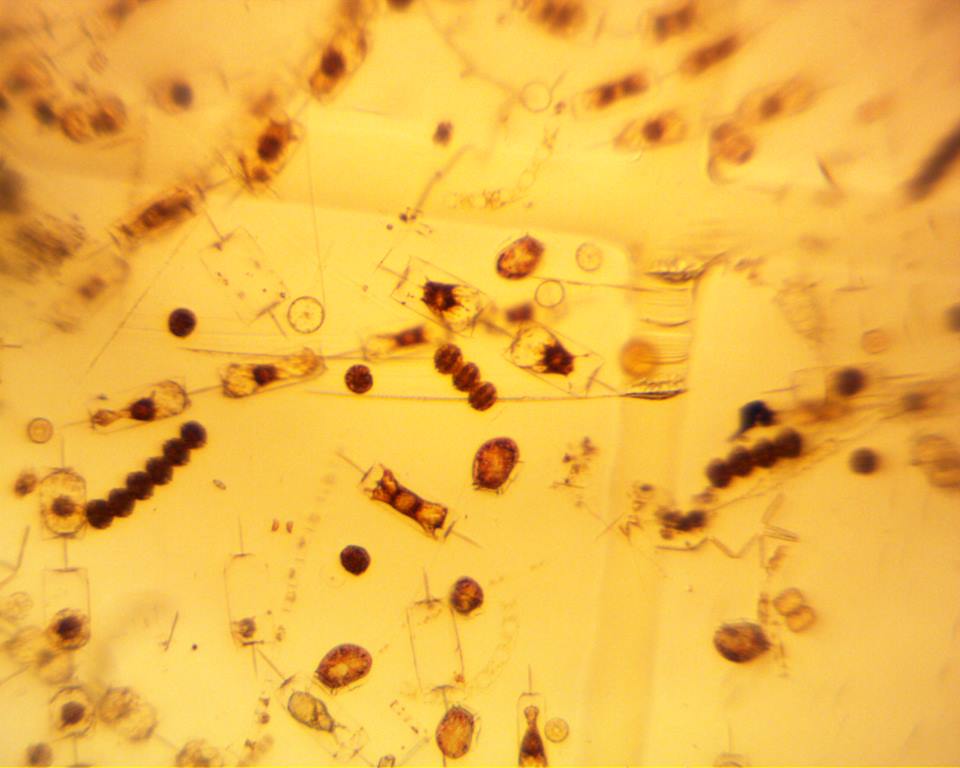
A water sample under the microscope. As explained by Chris and André, “the centipede-like chain of three in the middle is Alexandrium, the algae that causes red tide.” (photo courtesy of Chris Roberts and André Comeau)
You also need a fishing licence and be certain that where you plan to go is good for harvesting and is not privately owned. Click here for more information.
And so on a clear day when the tide was low, Uli and I headed out to Okeover in the jeep to join Chris as he harvested some clams from the oyster lease he and André have.
While André tended the oysters, Chris led us to the spot he’d chosen to dig, or rather, rake for clams. His quarry: Japanese littleneck clams. Also known as Japanese cockles or Manila clams, they’re plentiful in these parts and are easy to harvest because they can be found just beneath the surface of the sand.
Along the short walk to the dig/rake site, we saw red rock crab, tunicate (an invasive invertebrate)
and leather stars.
Lucca, a new addition to Uli’s household, found it all very interesting.
And then we arrived at the designated spot and Chris set to work.
I was expecting to see some frenzied digging in pursuit of clams frantically trying to squirrel themselves away to safety in deeper sand. There would be much labouring under the blinding sun with sweat flowing and muscles screaming with Chris shouting, “The sand! The sand! Curse the sand! If only we could train Lucca to dig for clams!”
Wrong kind of clam. These were barely beneath the surface and weren’t going anywhere. And there were lots of them. Too easy, but then I guess I shouldn’t complain because I wasn’t the one doing all the work.
It almost seemed therapeutic. Rake, rake, rake. Gather up some clams. Rake, rake, rake. More clams. Once enough were gathered, they were rinsed down at the shoreline.
Then we were off to prepare dinner happy as, well, clams!
So like many things in life, harvesting clams is 90% preparation–getting your licence, checking tides, finding a good and legal spot–and 10% perspiration with the actual digging, or rather, raking, which is really quite easy. That’s a good thing!
Angie Davey
Latest posts by Angie Davey (see all)
- Adventures in Powell River: Desolation Sound in a Kayak Made for Two - August 16, 2016
- Adventures in Powell River: Milking goats and making cheese - July 26, 2016
- Adventures in Powell River: Patricia Theatre’s gardens and ghosts - July 4, 2016
